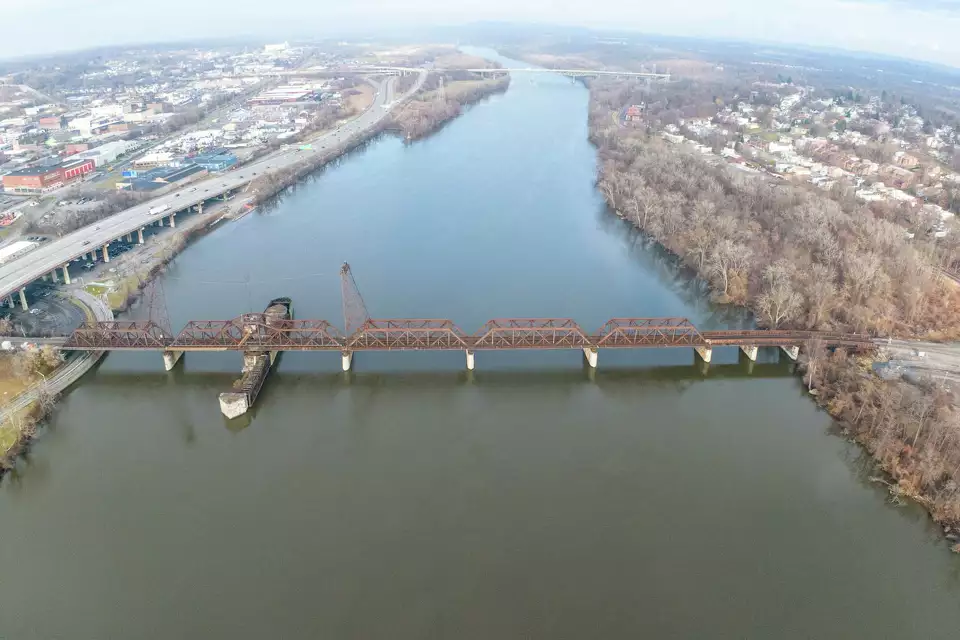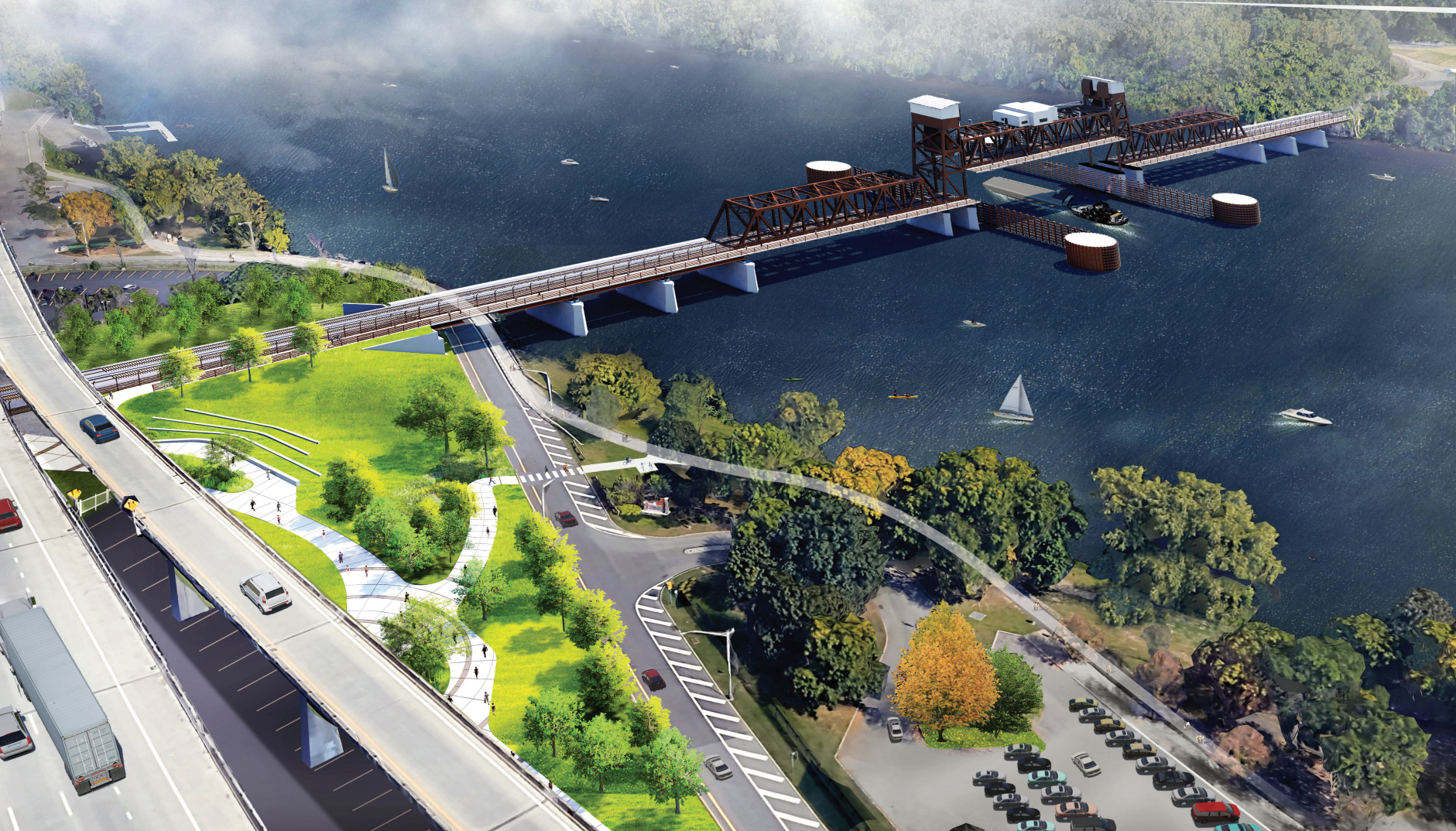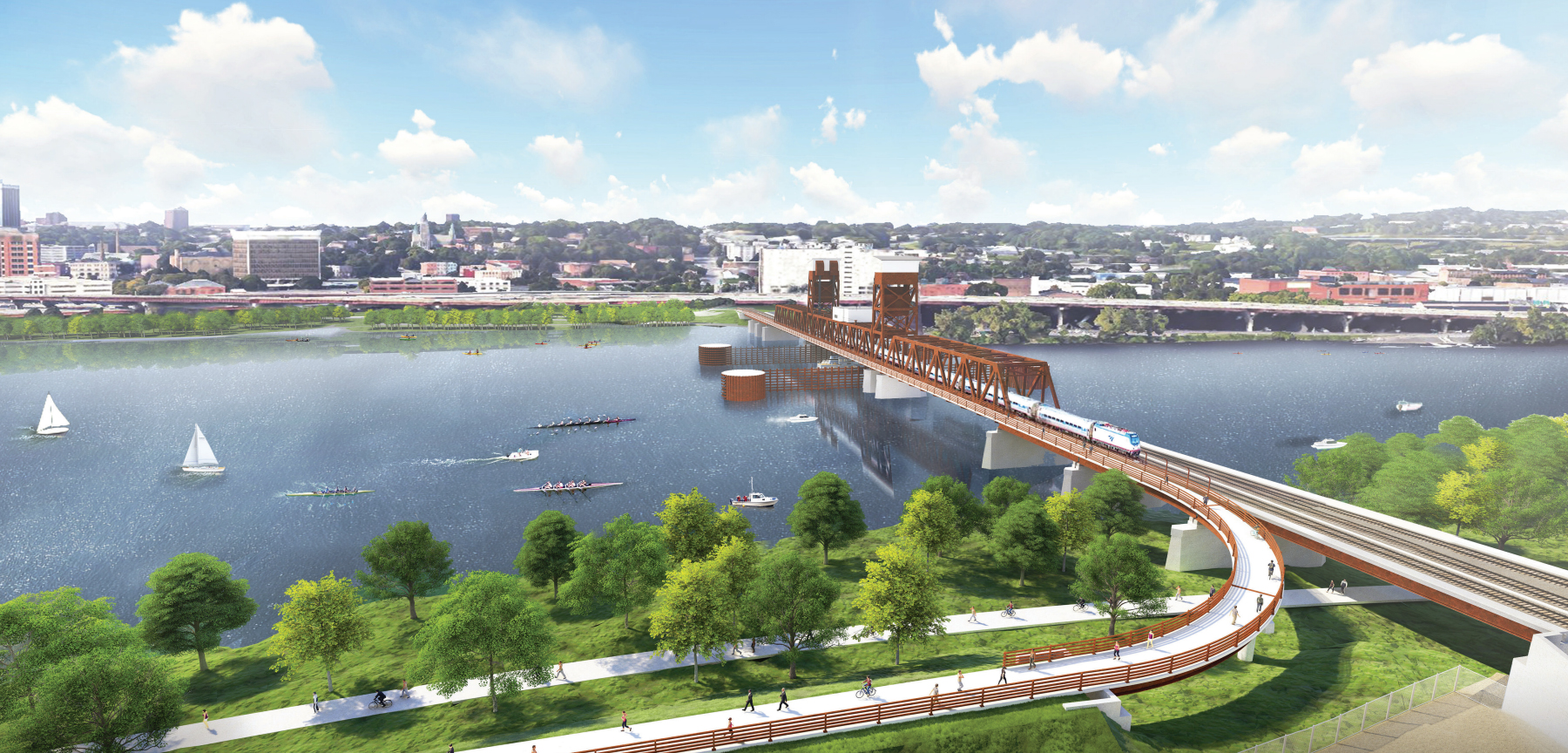

 No funding for Livingston Ave. bridge in latest federal announcement
The state says the bridge won't be complete until 2028
No funding for Livingston Ave. bridge in latest federal announcement
The state says the bridge won't be complete until 2028
By Rick Karlin, Steve Hughes
Dec 8, 2023
ALBANY — The Livingston Avenue bridge was not included in the latest round of federal funding for passenger rail projects, likely pushing back the eventual completion date of a key passenger rail bridge in the state.
On Friday, the U.S. Department of Transportation’s Federal Railroad Administration awarded $8.2 billion to 10 projects across the country. The Livingston Avenue span is considered a critical link for passenger rail service in Amtrak's Northeast. But money for that project was not included in the latest round of funding.
Last December, state DOT Commissioner Marie Therese Dominguez said the plan was to start construction on a new bridge by the end of 2023. The state's proposed replacement plan relies on state and federal funds to construct a new bridge just south of the current structure. The new bridge would be capable of supporting higher-speed passenger and freight rail and accommodating maritime transport as well as bicycle-pedestrian access.
Now it appears the bridge's design won't be finalized for several months and construction won't be completed until 2028, according to the state DOT website. There were earlier indications that federal funding for the projects would be announced on Friday.
State DOT spokesman Joseph Morrissey said they will re-apply for federal money. "We look forward to working with our federal partners on this and other priorities moving forward," Morrissey said in an email.
The Empire State Passenger Rail Association urged Gov. Kathy Hochul to award the final design contract using state money, rather than waiting for federal funds.
“The states that beat out New York today for federal grant funding under the Federal-State Partnership for Intercity Passenger Rail program all have more robust state rail programs,” said Steve Strauss, the association's executive director.
“The competition is fierce and New York needs to put forward a more organized and public implementation plan for the Empire Corridor improvements,” Strauss added.
The price tag for the new bridge was not immediately clear. The last public estimate for the bridge's cost was $400 million.
Mayor Kathy Sheehan previously said the new bridge was a linchpin in the larger efforts to connect the city to its waterfront and to the larger region.
Her spokesman David Galin said she was disappointed the Livingston Avenue Bridge was not awarded funding on Friday.
"We will continue to work alongside our state and federal partners to ensure a new Livingston Avenue Bridge becomes a reality for our national rail system and as a way to enhance connections between the city of Albany’s waterfront and points east," he said in a statement.
The current bridge, owned by CSX and leased to Amtrak, was built in 1902. Its pilings date to 1866. It has a pedestrian walkway that has been closed for decades due to neglect. Neglect also limits trains crossing the bridge to just 15 mph. The new bridge would support speeds up to 40 mph, according to the state. As far back as 2010 the DOT said, "Recent inspections indicate that the bridge structure is approaching the end of its serviceable life," according to a Times Union report.
The new design will also change from a movable swing bridge to a lift-type bridge. The changes will bring the structure in line with modern standards.
The DOT is recommending the new structure be built just south of the existing bridge, carrying two railroad tracks. The shared-use path will connect with the Empire State Trail, the city's Skyway Park and a planned park on the Rensselaer side.
https://www.timesunion.com/business/...t-18542065.php



